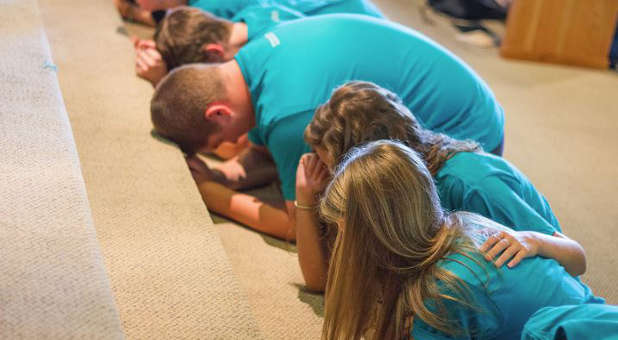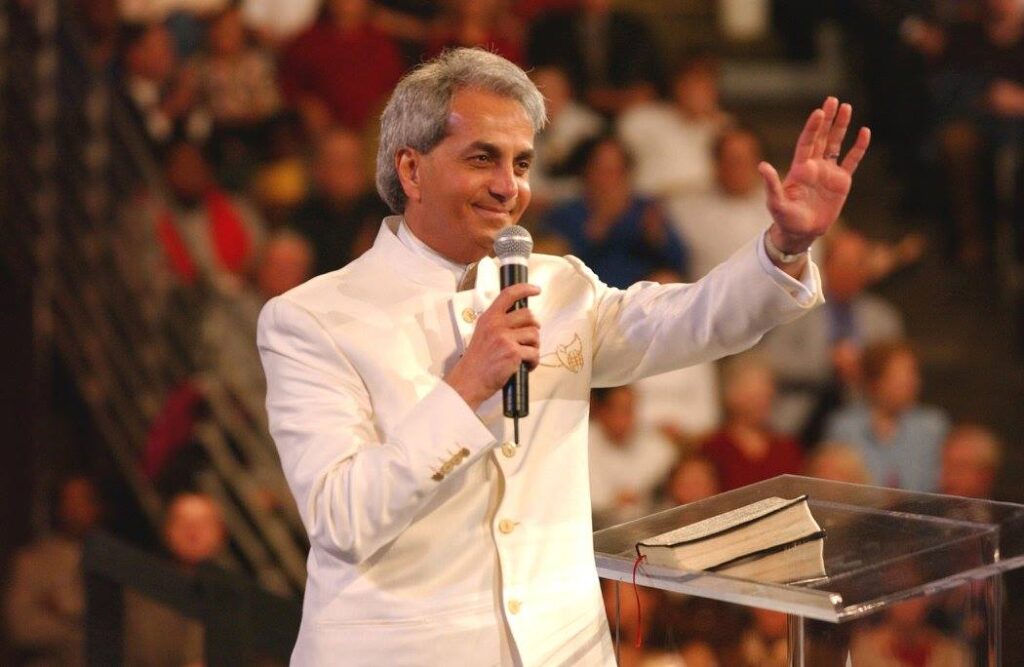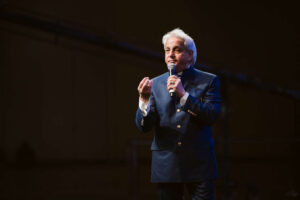As prayer leaders, we are all excited when our church increases its prayer practices. Any visible prayer activity in a congregation is good, right?
Or is it possible to have unbalanced prayer practices in a church?
While I encourage all prayer (provided it is prayer to God through our relationship with Jesus), I do believe it is possible to unknowingly be very unbalanced in the prayer life of a church—even with lots of prayer going on.
There are three key areas where a church needs to consider balance in its prayer promotion and practices.
- Inward vs. outward prayer. What is the balance between how much time is spent praying for personal needs within your congregation and time spent praying for kingdom advancing items? Things like prayer for lost people, for the moving of God’s Spirit in the midst of your congregation, for community transformation and for the nations (missions, missionaries, completion of the Great Commission.)
In my experience, most congregations focus far more time on praying for their own needs than anything else. Even some of our practices foster that. A prayer time in a morning worship service often highlights those needs. Smaller churches that may open that time up to taking requests can only expected to get those types of needs. Even churches that have times where people come forward to be prayed for by teams can be promoting an unbalanced agenda. If that is how visible prayer is always done, it fosters the myth that prayer is to get my needs fixed.
Although there is nothing wrong with praying for people’s needs and having practices that provide that opportunity, if that is the only way prayer is used in a congregation, it is unhealthy and unbalanced. Instead you need to make sure that there are ample prayer opportunities that offer prayer for more kingdom advancement requests. Can you have community transformation prayer times from time to time? How regularly do you offer prayer for the missionaries you support, or for nations, for the people group your church has adopted? How often do you emphasize praying for lost neighbors and co-workers? To have a balanced approach, you need to make sure that people seek prayer for more than just their own needs.
- Seek God’s face rather than His hand in prayer. Similar to the last practice, how balanced is time spent between praying for stuff and just seeking God? Does your congregation regularly seek from the platform and participate in prayers of praise and thanksgiving? Do they seek prayers from the platform asking for God’s presence? Or do they only seek prayer that asks for things? If there is not a balance in this area, people’s view of prayer and God become skewed. The best place to try to balance this out is through corporate worship.
A good worship leader can use appropriate songs and weave short snippets of prayer into the worship set that seek God’s presence. Move into times of spontaneous praise or thanksgiving within a worship set. Or a pastor, following a powerful message on worship, spiritual hunger or the greatness of God, can lead the congregation into prayers that simply seek God.
- Personal prayer vs praying together. No one would dispute the fact that in most Western churches, few people pray together. Part of this problem has been fostered by churches that never show people healthy corporate prayer. Most church prayer times within a morning worship service amount to one person praying while others listen. While there is certainly a corporate nature to this (and it’s a biblical practice: see Solomon at the dedication of the Temple in 2 Chron. 6-7), it does not help people learn to pray together. They are simply listening in on someone else’s prayer.
Instead, people need to be provided with opportunities to pray together, and they need to learn how to pray together effectively. They need to be taught not to pray as they would while alone—maybe a long prayer on multiple topics—but to pray shorter prayers that bounce off other prayers, adding to them, fleshing them out, agreeing with them. Churches that teach on how to pray together and provide opportunities for people to do so will quickly get this area of prayer in balance.
So you can see that we need to think about more than just adding more prayer opportunities for our people. Considering what might be out of balance in our practices and taking steps to correct it can bring powerful results to any church. {eoa}
Jonathan Graf is the president of the Church Prayer Leaders Network and the author of four books on prayer, including Restored Power, from which these thoughts are taken. His blog Pray Beyond is hosted on the Charisma Podcast Network.
See an error in this article?
To contact us or to submit an article
























